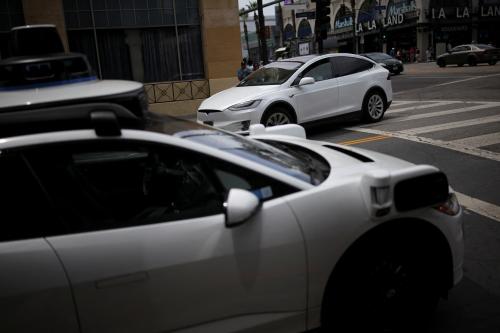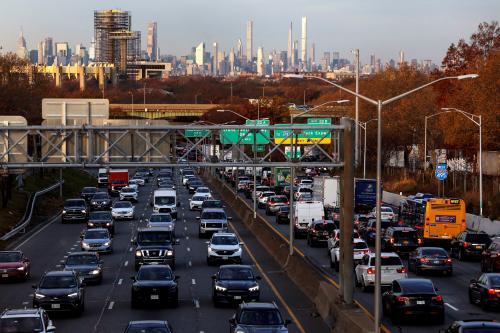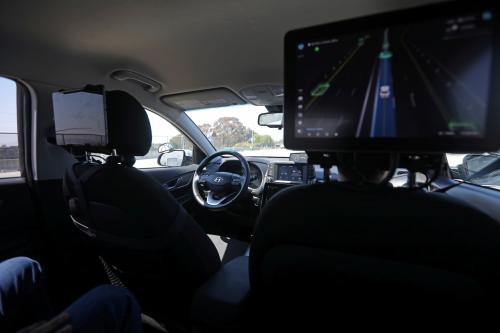Findings
A study of the collection, allocation, and use of federal and state taxes on motor fuels—
the “gas tax”—in recent decades finds that:
- More than one-third of the $133 billion in total U.S. revenue available for highway spending in 2001 came from federal and state gas taxes. State gas taxes alone made up 21.6
percent of all highway revenues that
year. The state gas tax is also the
largest single source of highway funding
for the states. - After years of steady growth, federal and state gas tax receipts have plateaued in the late 1990s. When accounting for inflation, federal and
state gas tax revenues are actually
declining. - Twenty-eight states have raised their gas tax rates since 1992, but only three raised it enough to keep pace with inflation. Although the average
state gas tax rate increased by 8.7 percent, in real terms, the average gas tax rate declined by about 14 percent. In other words, many states do not have the same buying power they did in 1991. - Thirty states restrict the use of their gas tax revenues to highway purposes only. Such restrictions limit states’
ability to finance mass transit, congestion and air quality improvement projects, and other options not related to highways. - The distribution of the gas tax within some states appears to penalize cities and urban areas. In several states,
urban areas act as “donor regions.”
These areas contribute significantly
more in tax receipts than they receive
in allocations from their state’s highway
fund or through direct local transfers.
The Brookings Institution is committed to quality, independence, and impact.
We are supported by a diverse array of funders. In line with our values and policies, each Brookings publication represents the sole views of its author(s).



